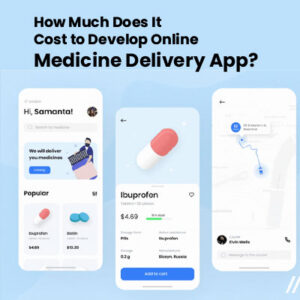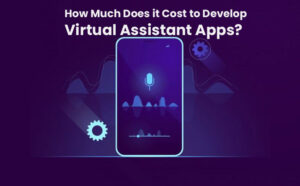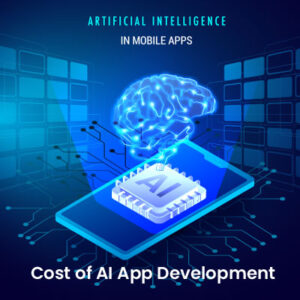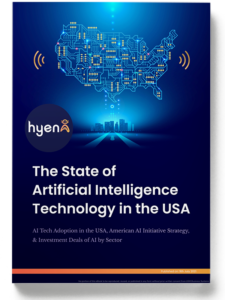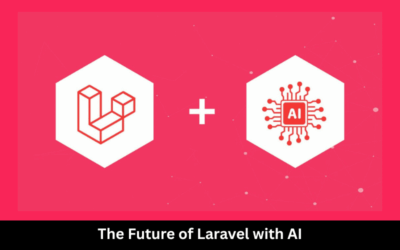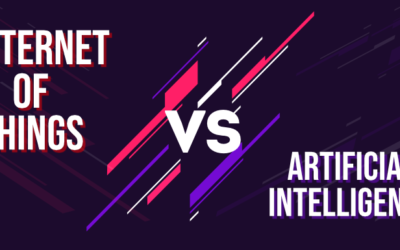Guide to Predictive Analytics Credit Scoring
The Complete Guide to Predictive Analytics Credit Scoring for Smarter Lending Decisions
In the rapidly changing world of finance today, banks, credit unions, fintech lenders, and other lenders must make good and accurate lending choices. Although historical credit scoring models are still of use, they are constrained by being static and dependent on historical data only. Enter predictive analytics allowing lenders to make improved decisions, reduce risk, and make data-driven, better decisions.
What is Predictive Analytics Credit Scoring?
Predictive analytics credit scoring is using statistical techniques, machine learning algorithms, and real-time data to forecast the creditworthiness of the borrower. It differs from traditional credit scoring that will typically use a fixed set of variables (e.g., payment history, credit utilization, credit history length). Predictive analytics uses a much greater set of data and dynamically reacts to evolving patterns.
This strategy does not merely look at what has happened in the past, it predicts what will occur in the future. For lenders, this equates to improved risk assessment, improved interest rates, and overall improvement in portfolio quality.
Why Traditional Credit Scoring Falls Short?
While the conventional credit scoring systems such as FICO and Vantage Score have been the market leaders, they too are not perfect:
- Few variables: Classical models focus on a limited set of measures, ignoring broader, secondary data sources.
- Static models: They are not usually refreshed in real time once constructed to reflect current borrower behavior or macro trends.
- Underserved groups: People with bad or no credit are normally partially discriminated against from getting loans.
Hence, the lenders have to either take more risk than they would like or forego the chance to lend to possibly creditworthy borrowers.
 The Power of Predictive Analytics in Credit Scoring
The Power of Predictive Analytics in Credit Scoring
Predictive analytics turns lending into a science by enabling it to:
- Advanced Risk Modeling
Sophisticated Risk Modeling By connecting tens of data points such as purchasing behavior, mobile phone activity, payment of electricity bills, and even social signals banks can create far more detailed borrower profiles. This reduces default risk and increases approval rates.
- Real-Time Decision Making
Machine learning-driven software can examine incoming loan requests in real-time, rating borrowers simultaneously and enhancing efficiency.
- Better Customer Segmentation
Predictive models define customers not only by income or credit score but also by risk tolerance, need, and behavior—allowing for hyper-personalized product offerings.
- Regulatory Compliance
Most contemporary analytics platforms feature audit trails, bias detection, and explainability to aid lenders in complying with fair lending regulations.
What Factors Must Consider in Predictive Credit Scoring
The following constitutes a good predictive credit scoring system:
- Data Collection
The model calls for conventional (banking details, credit history) and nonconventional (rent payments, education, work history, even psychometric) data.
- Feature Engineering
This involves transforming raw data into meaningful variables interpretable by machine learning algorithms like calculating average monthly income volatility or payment timeliness for 12 months.
- Model Development
Machine learning algorithms such as Random Forests, XG Boost, Logistic Regression, and Neural Networks are most commonly used to develop credit scoring models. These models are then trained on historical data and tested for accuracy and fairness.
- Model Validation and Monitoring
A model is no better than its history of performance measurement. Periodic verification ensures that the performance of the scoring model will not deteriorate even if market conditions or borrower behavior shifts.
Key Use Cases Across Lending Domains
- Consumer Lending: Real-time loan decisions on personal loans based on mobile activity and spending patterns predictive models.
- SME Lending: Examining invoice history, point-of-sale data, and supplier networks to determine small business creditworthiness.
- Credit Cards: Targeting probable revolvers (those with a balance) to provide credit cards with customized interest rates and rewards.
- Mortgages: Predicting long-term financial well-being based on work history, geographic risk, etc.
Top Benefits of Predictive Analytics in Credit Scoring
- More Approval Levels
By using alternative data like mobile usage or utility payments, predictive analytics helps lenders approve more borrowers, especially those without traditional credit histories. This opens up new markets and gives underserved individuals access to financial products.
- Fewer Defaults
Sophisticated risk models identify hidden hints of financial weakness, so lenders can make better credit judgments. This results in lower default rates and a healthier, more resilient loan portfolio.
- Fast Decision-Making
What was once a days-long process now occurring in minutes. Predictive analytics scores automatically, allowing instant loan approval and providing a quicker, more seamless customer experience, a huge advantage in today’s digital-first economy.
- Personalization at Scale
By studying customer behavior, lenders can provide customized loan products, including personalized interest rates and repayment options. This increases engagement, satisfaction, and loyalty.
- Improved Compliance
With clear AI, lenders can make sure each decision is transparent and verifiable. This helps them meet regulations like GDPR and ECOA while also building trust and accountability.
Key Challenges and Considerations Of Predictive Analytics Scoring
Although the potential is present, predictive analytics-powered credit scoring is not without its challenges:
Data Privacy
Banks and fintech companies, as they look for new ways to evaluate credit—such as reviewing mobile phone use or web activity, they also assume a significant responsibility: safeguarding your personal information. Oftentimes, people reveal sensitive data without knowing exactly what happens to it. Therefore, businesses must obtain explicit consent and establish robust data protection systems for maintaining trust.
Model Bias
AI is trained on historical data. If that data contains bias or unfairness, the model may unintentionally repeat those mistakes. This means some people could be unfairly treated based on race, gender, or background. To avoid this, businesses should regularly check their models and build systems to handle things.
Regulatory Oversight
Lending choices extend beyond algorithms and have to adhere to laws, such as ECOA and GDPR to safeguard consumers data from misuse. Financial institutions must be able to assure their models are transparent, interpretable, and accountable to protect data. It’s not simply a matter of staying away from fines, it’s about being able to prove to customers and regulators they are reliable.
Cost of Infrastructure
Building a predictive scoring platform is a huge undertaking. It takes talented data scientists, stable cloud infrastructure, and constant innovation. Although it costs a lot upfront, the reward is well worth it, improved decisioning, improved risk assessment, and improved customer experience. For businesses, it’s not an expense, it’s a strategic building block of the future.
The Future of Credit Scoring
Predictive credit scoring will remain on the track of big data and artificial intelligence technology advancements. Emerging trends are
- Federated Learning: Enabling people to train models on different data sets without exposing underlying data, promoting privacy.
- Behavioral Biometrics: User typing, swiping, or device use behavior-based scoring.
- Explainable AI (XAI): Reliable models that build trust among borrowers, lenders, and regulators.
Conclusion
Predictive analytics credit scoring is not only a technology revolution. It’s an algorithmic revolution in lending. Moving beyond reactive, backward-looking models to proactive, forward-looking information, lenders can improve accuracy, fairness, and inclusiveness in credit decisions. As one industry executive put it, “Predictive analytics isn’t just predicting credit. It’s predicting opportunity.” In a world where financial inclusion and risk management have to move together, predictive analytics is the smart way to do it.
Connect with Hyena, the best AI Development Company, and get a free assessment for predictive analytics credit score application development.

